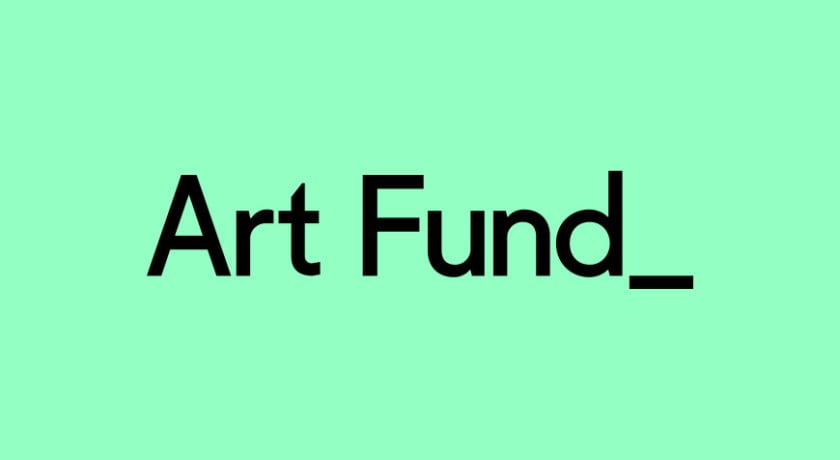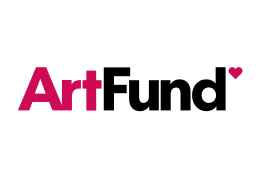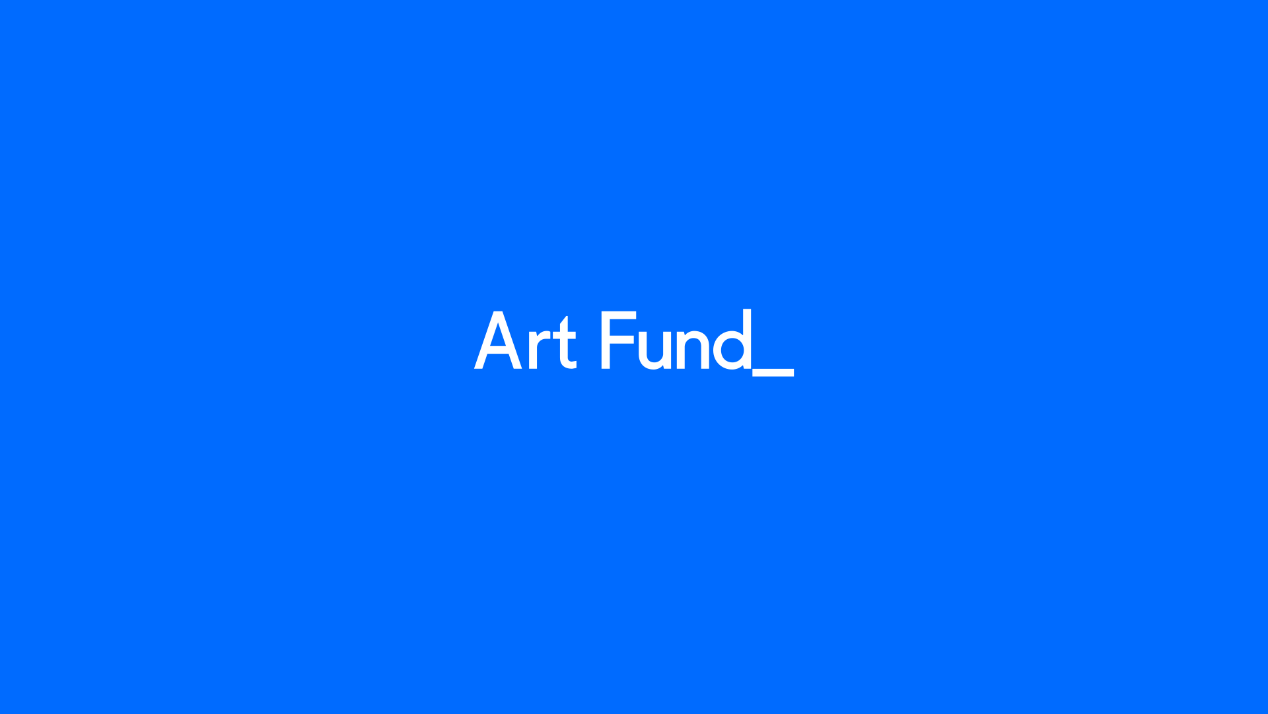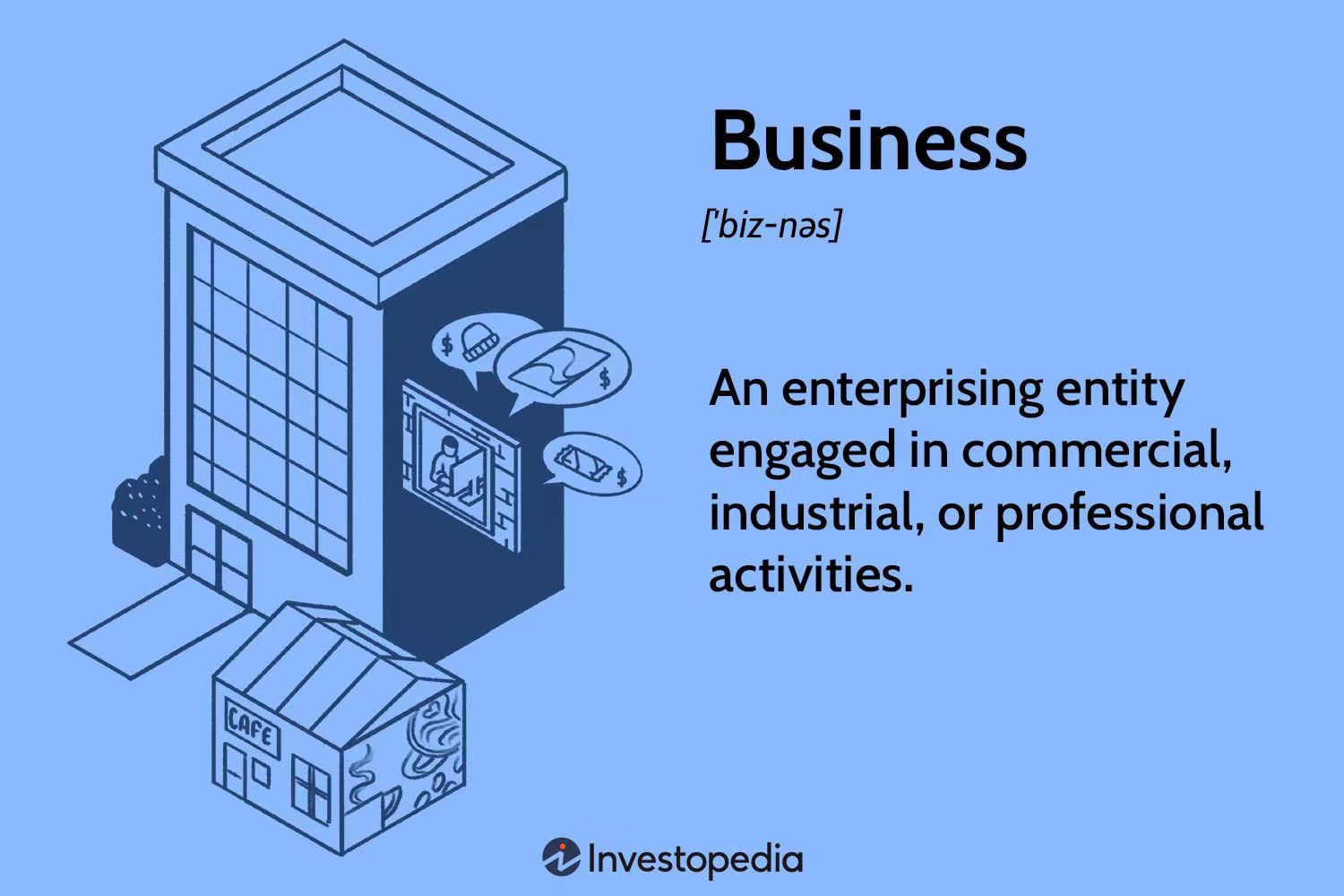
What do you know about art funds? Here we will mainly introduce. The first is art portfolio investment, the second is artists trust investment, and the third is art hedge investment. I'm sure it's hard to understand these names.
After briefly introducing some special types of art funds that are popular or well known in the world at present, I believe you may have only a preliminary understanding and it is difficult to be interested in such strange funds. As an assistant or guide of your small art fund, I want to show you the basic elements and special features of different special types of art funds in the next expansion of some basic content. I hope you can gain an understanding of the art fund and even have an ideal interest in its elaboration in a certain process or process.
An art portfolio is a process of raising money and investing in different types of art over different periods of time. For example, it includes ancient porcelain, postwar art, modern and contemporary art and so on. How much to invest in each type of art is discussed and decided by the fund agent and the art adviser.
Some foundations allocate part of their money to purchase artworks and use the remaining money to publicize and enhance the popularity of the artworks they invest in, which will effectively raise the price of artworks. The art portfolio is securitised by the art fund. The art portfolio has thus become a target for investors when buying stocks.
Most investors are people with high liquid assets, family businesses and financial management companies. The arts fund can invest as little as $500,000 or as much as $1 million. Investors, however, have to wait a while before they are free to trade in shares or ownership of the fund. This type of fund typically has an annual compound interest rate of 5% to 15%.

If an art portfolio investment is a type of fund that invests directly in art, then an artist trust investment is a fund that invests in artists. There is one such art fund in the United States called the Artists Pension Trust. The difference is that both investors and investors are artists. The investment method is also different. Instead of using money to invest in APT, investors invest in their own works, usually with a minimum of one work per year. After a few years, APT sells the investor's work when the value is higher.
The Artists Trust Fund is very similar to Social Security. The artist can reap the benefits of providing the work at the time, and the incremental profits a few years later when the work increases in value, which makes the artist-investor himself very low risk. For example, the earliest art hedge funds in the world are art trading funds. The so-called art hedge fund is to reduce the risk of art investment, so as to select the stocks of companies closely related to the art market for investment in the stock market, so as to reduce the risk and gain profits at the same time.
Nowadays, there are a variety of ways to invest, you can buy art directly, or investing in art funds is also the way many people choose to invest. The art fund market is a branch of the art market. Global art funds can be further divided into two categories: Chinese funds, which are becoming more standardized, and European and American funds, which are becoming more sophisticated. At its peak in 2014, the Global Fund for the Arts reached $68.2 billion. The following year, China funds also reached a peak, accounting for 43% of the global art fund total.
In general, you can choose several art fund investment methods according to your thinking mode. You can quantitatively judge the resources or funds you can pay according to your hobbies or knowledge about art funds. Then I need to remind you that when you first enter the world of art funds, you may consider the characteristics of art funds or income knowledge is small. With the help of our knowledge expansion, you may gain a more revolutionary understanding.
For the distribution scope and characteristics of art funds in the world, you can refer to some basic models and actual data I mentioned above. If you have made a breakthrough in the art fund, you may even speculate or predict the price of the type of art fund to some extent. The degree of art fund you can't complete may be reflected in the fund integration in a long time.





